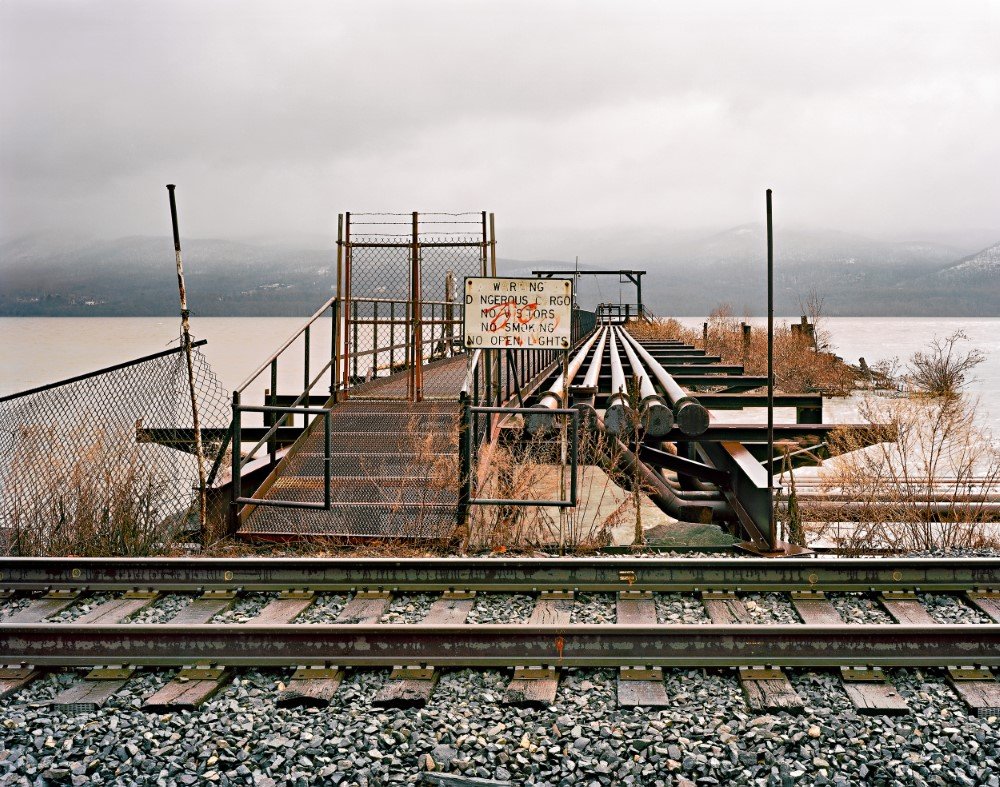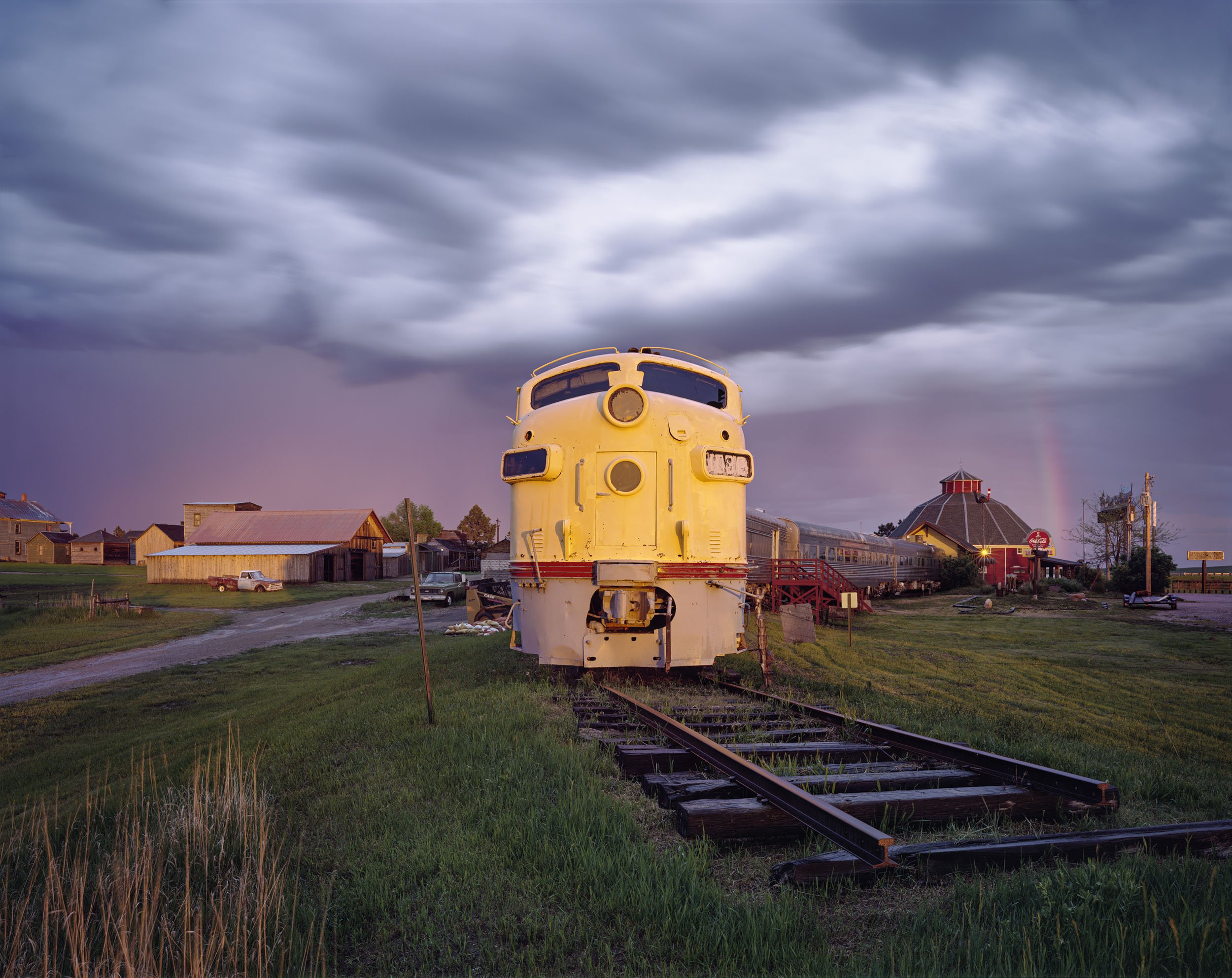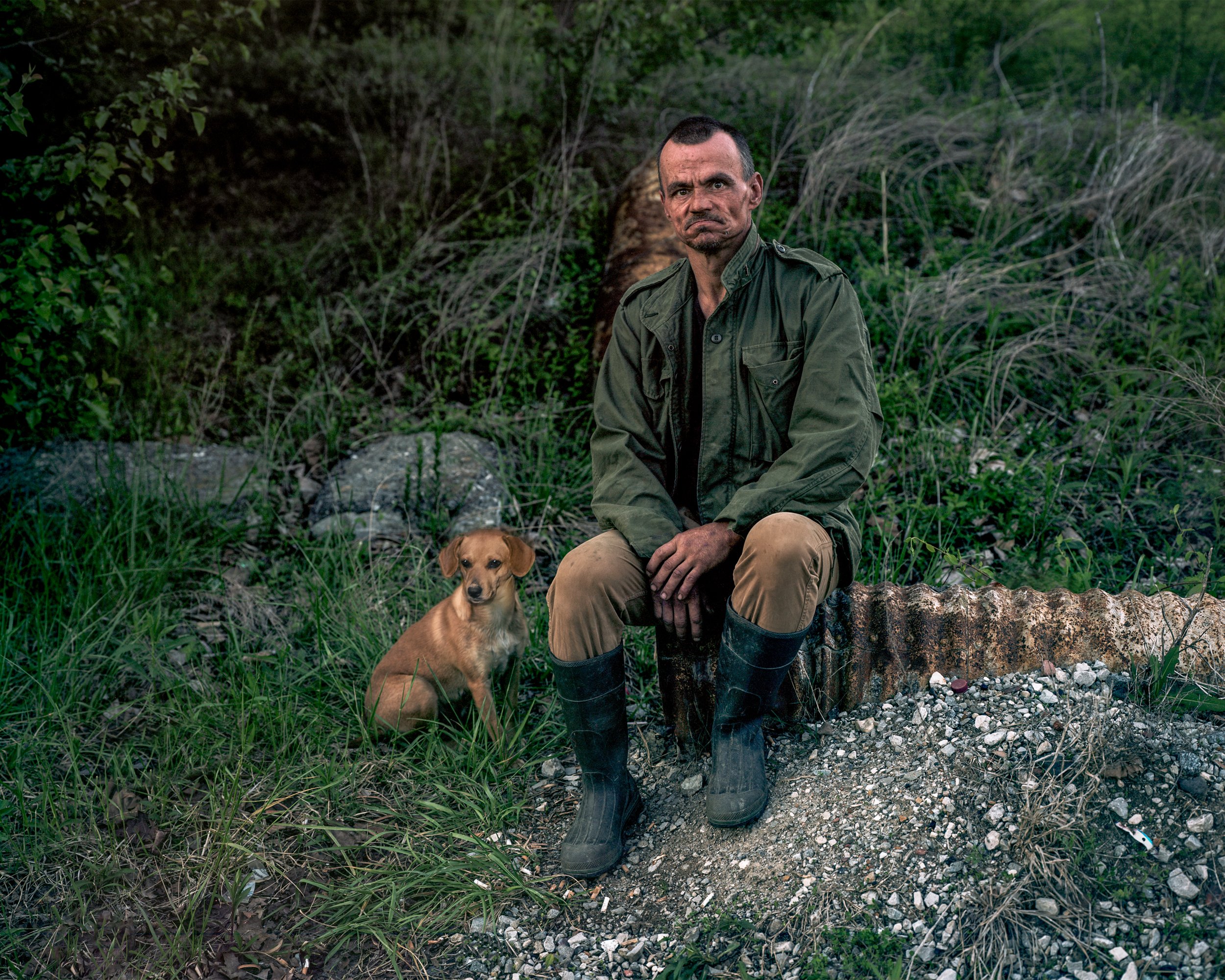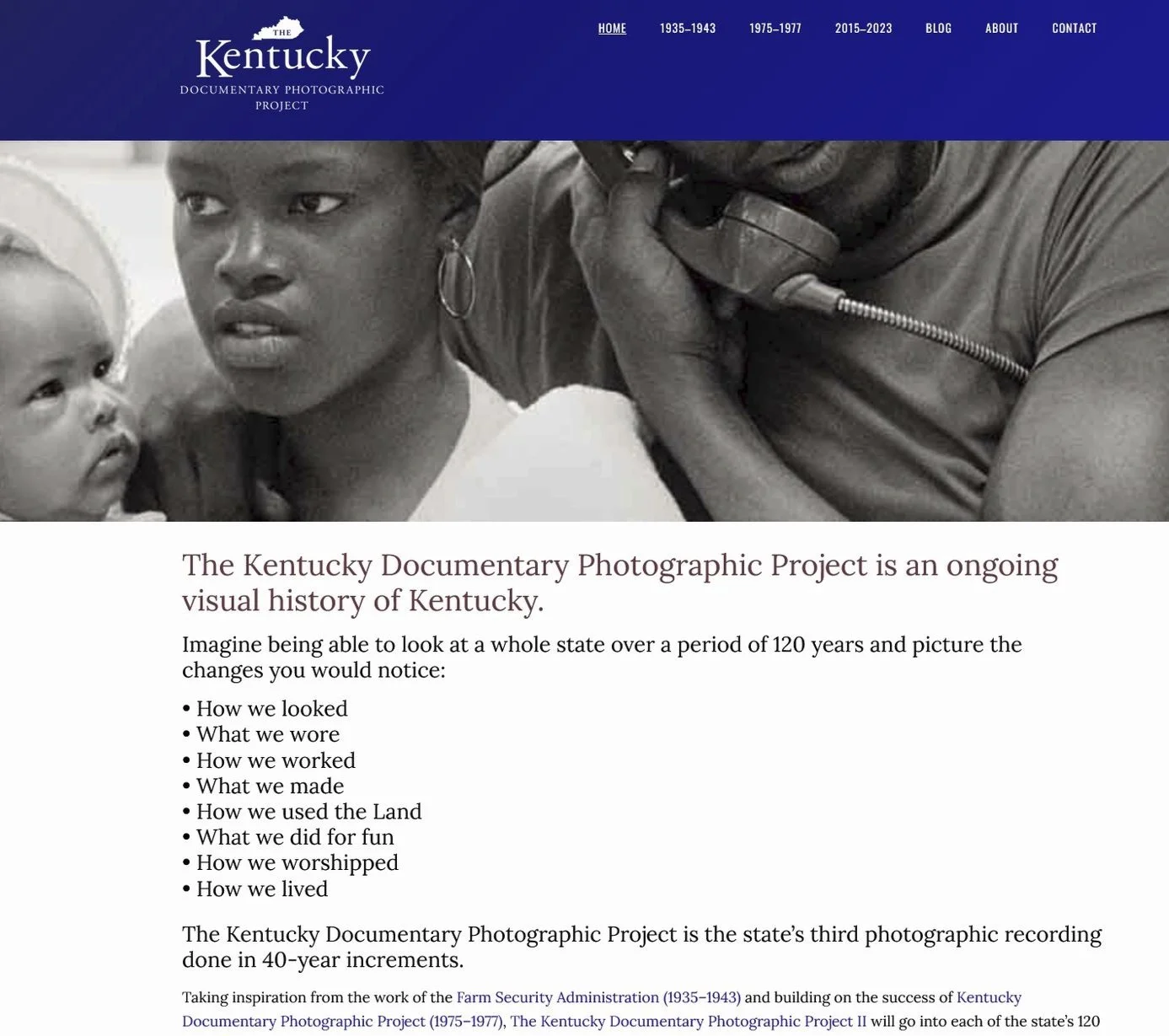Carbon County
The wagon ruts were quieted when the transcontinental railroad was built in 1869. Now people fly, or drive across Interstate Highways missing all the little whistle stops that are quiet along the nearby two-lane roads. Since America's destiny was deemed manifest (for better or worse), the landscape here has often been crossed in search of something more such as: California Gold, Utah Salt, or Oregon Timber. Carbon County, Wyoming was named after extensive coal deposits, when the Union Pacific Railroad began mining the area to fuel its steam locomotives. This is a region where American women first received the right to vote, and bandits such as Butch Cassidy and the Sundance Kid roamed, and robbed.
After an artist residency in 2015, I quickly became enamored with this land. As a native borne New Yorker, it beckoned me to return, and in 2017 as a result I sought employment at a private dude ranch. Wyoming and Carbon County grew ever larger in my imagination after we settled in as a family. Through popular culture I inherited a false mythos of the American West as a place of abundance and adventure. I strove to unburden myself from this flawed perception as I began searching for a notion of a True West shaped through a better understanding of its history. A metaphor within the title revealed itself. Carbon is to unquenchable desire for experience and resource, as County is to its untenable, bordered end.
[close]
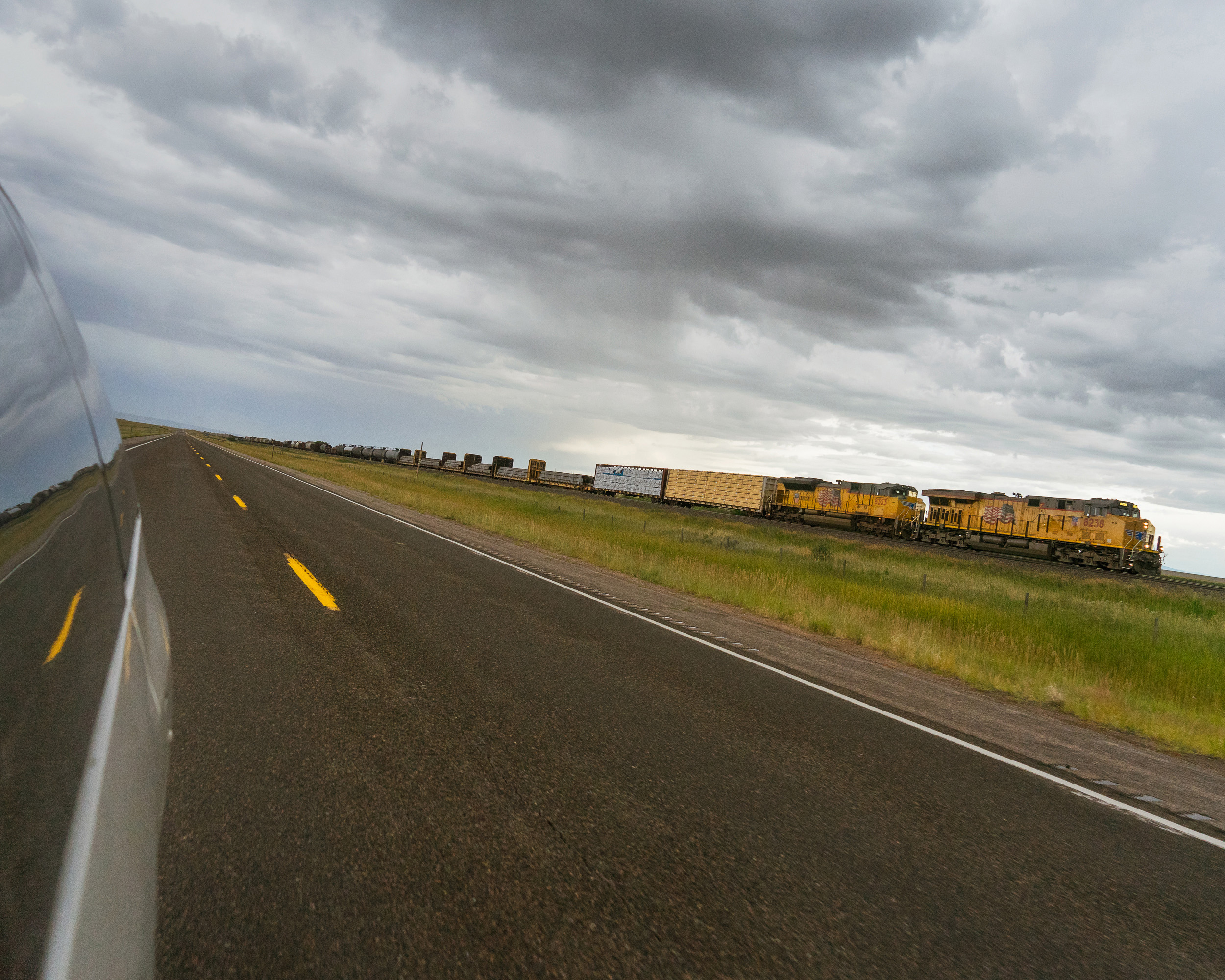

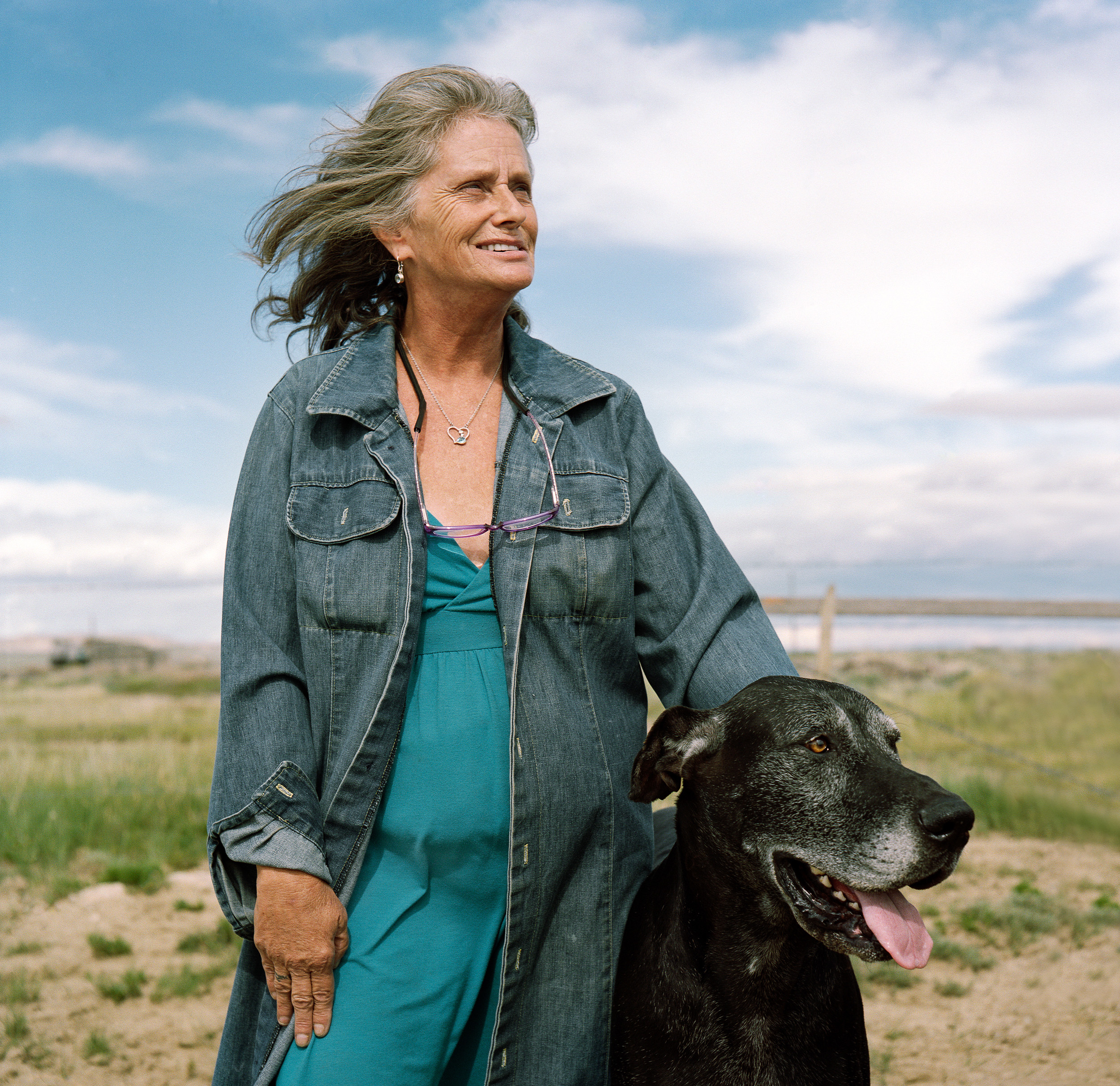

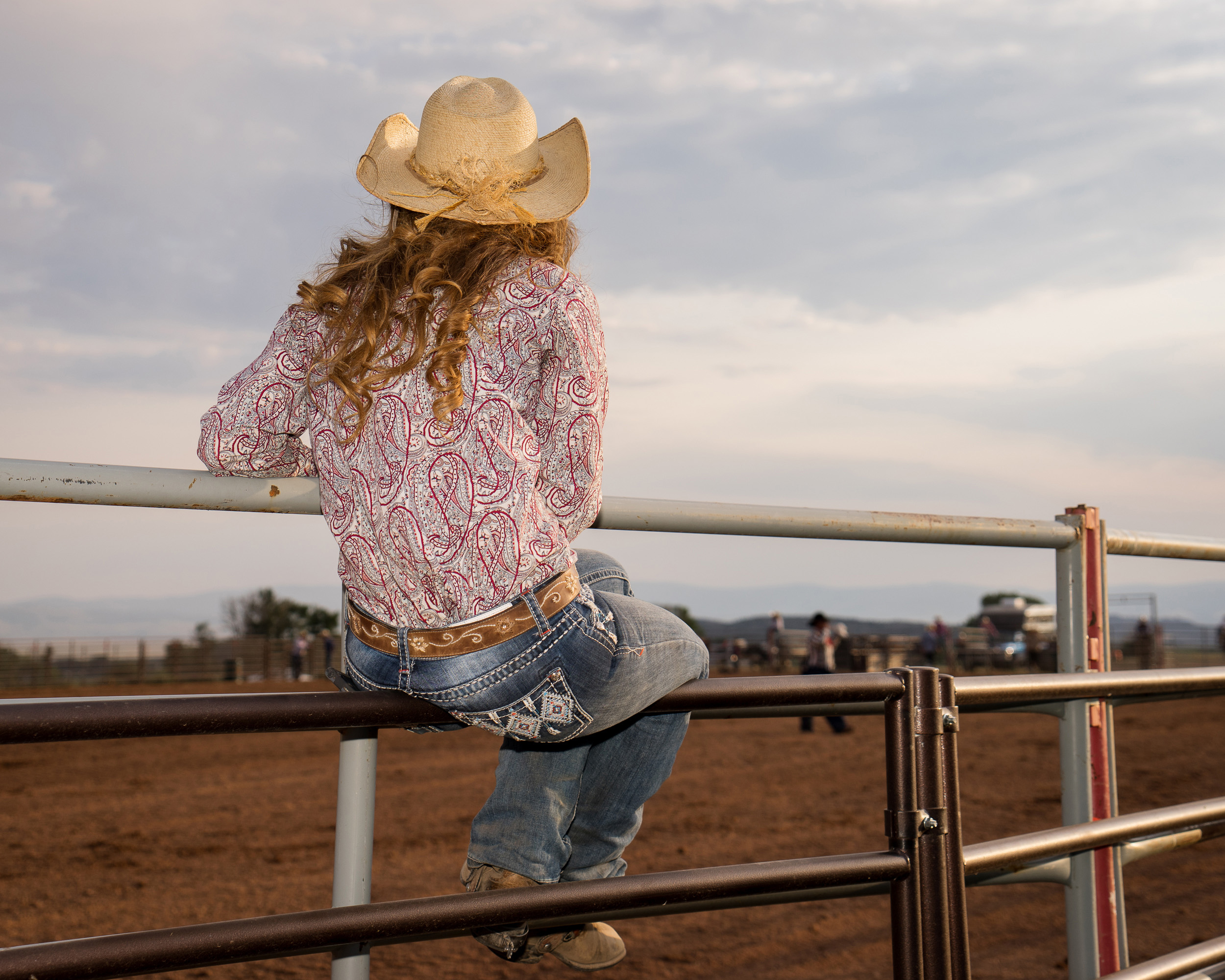
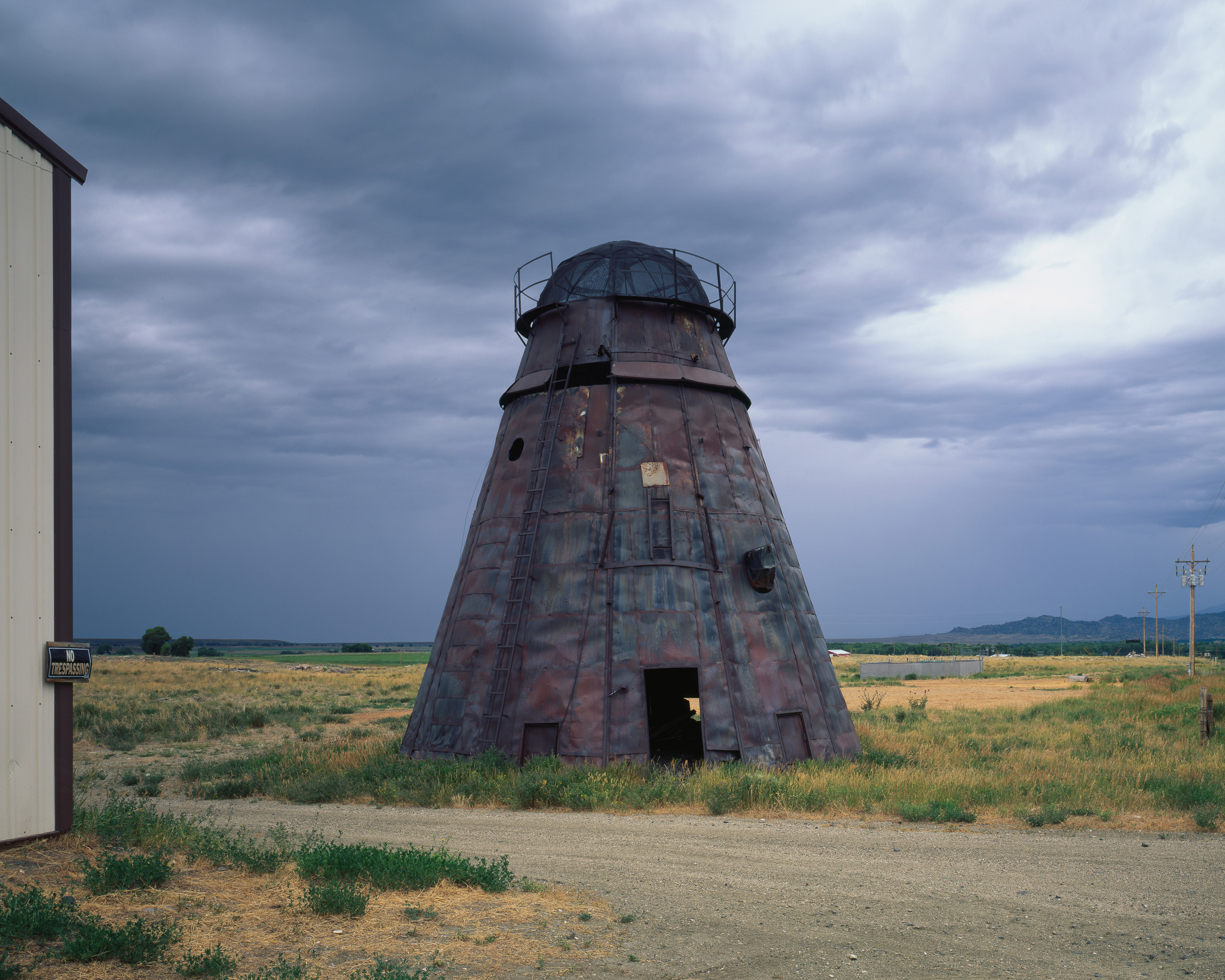
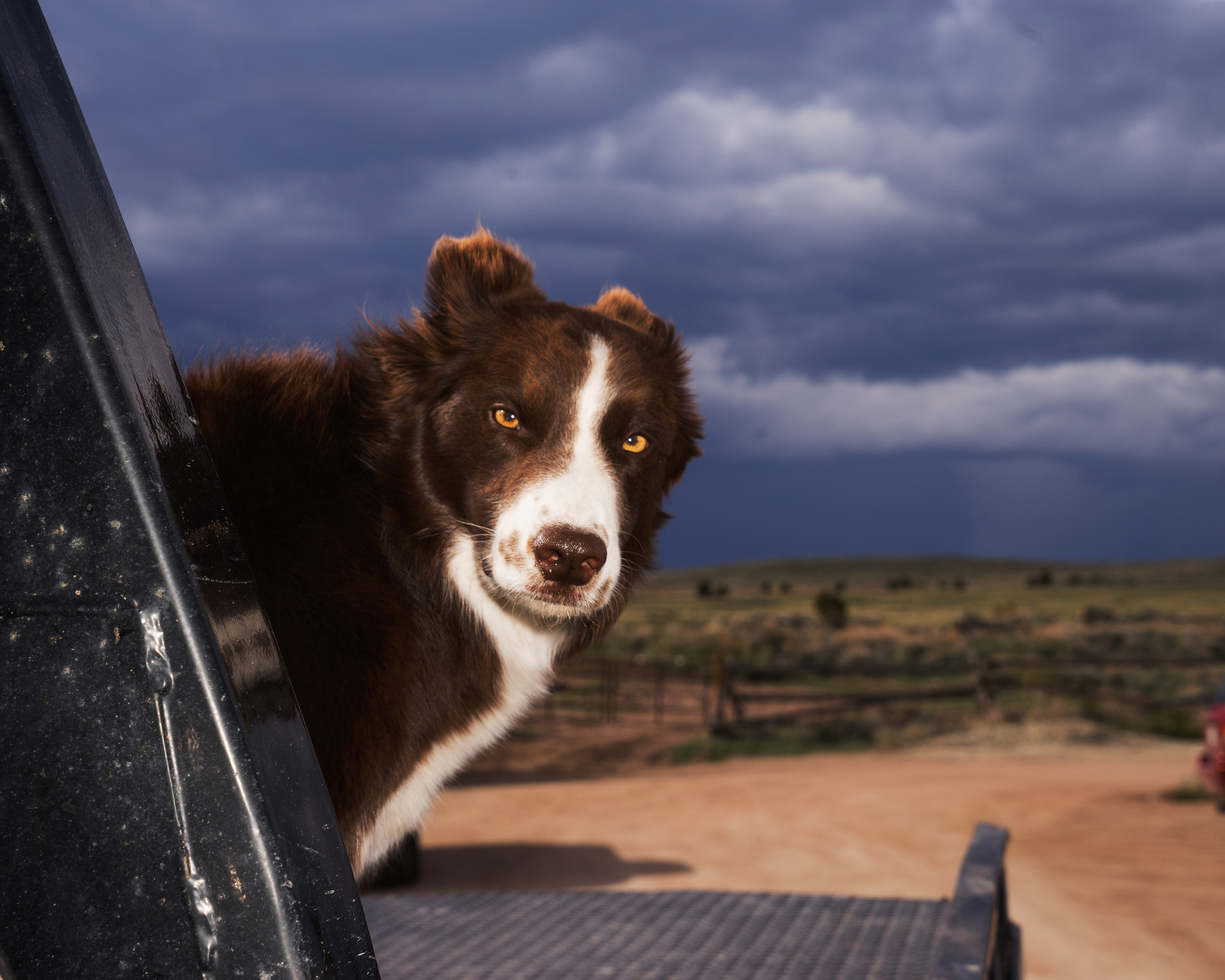
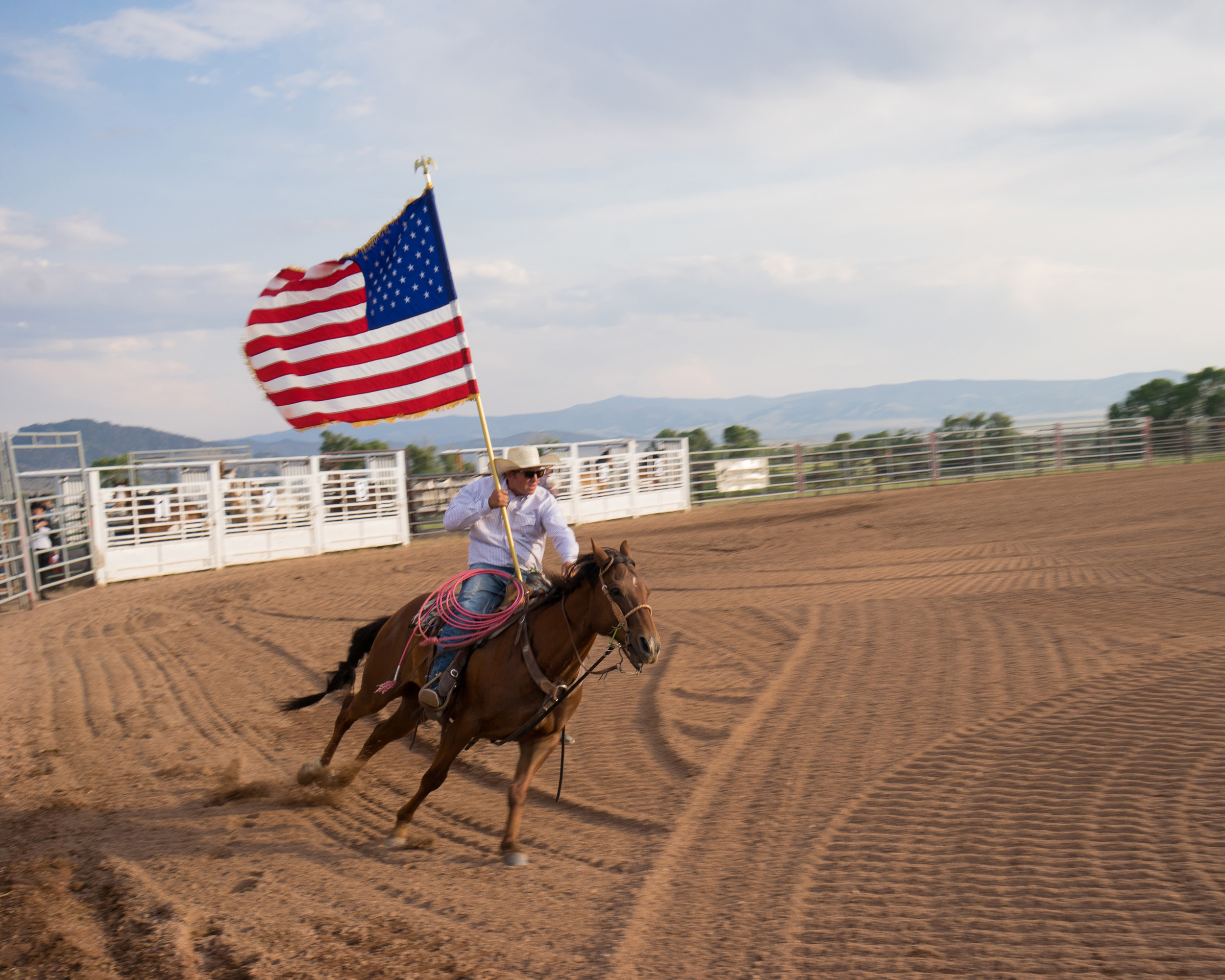
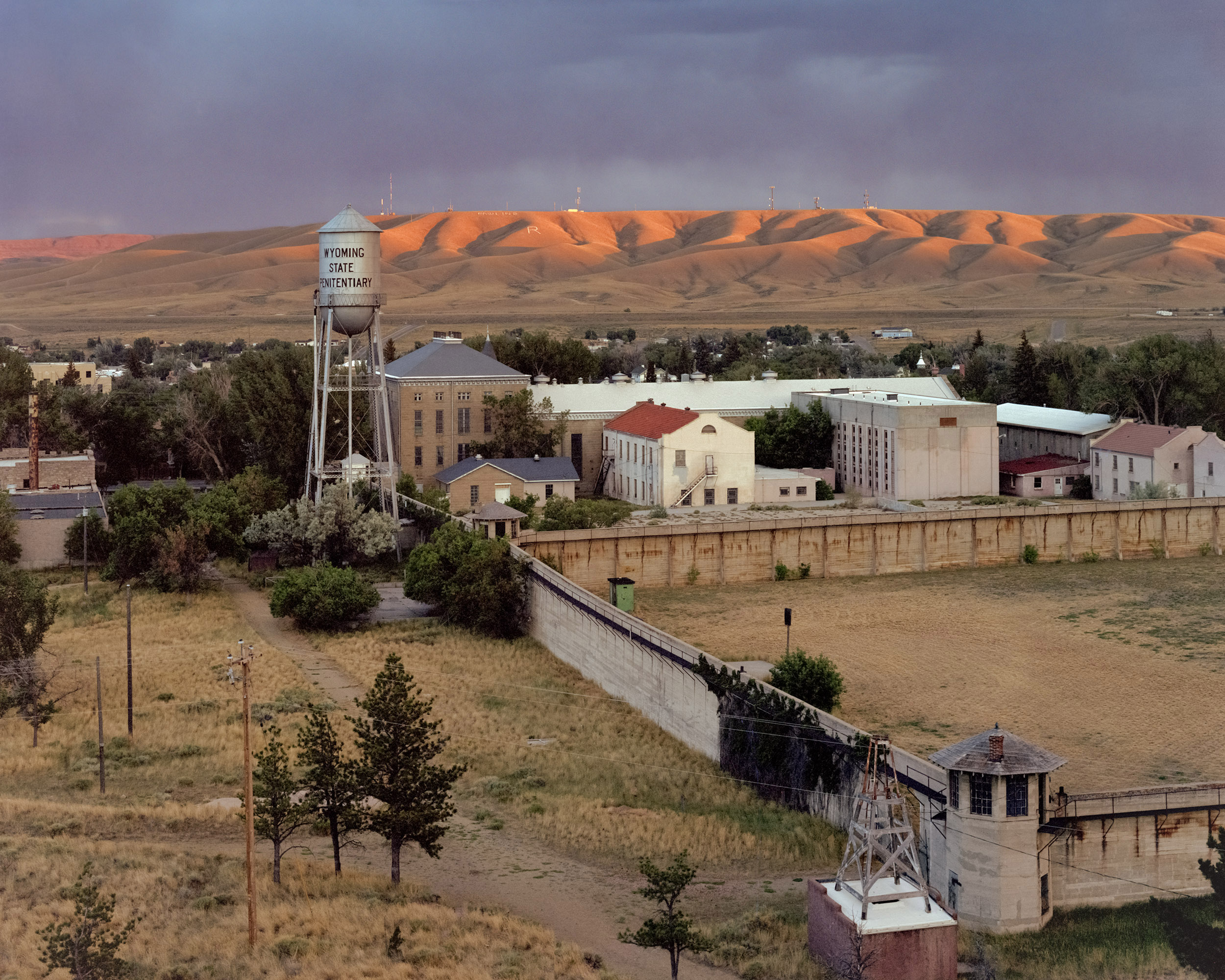
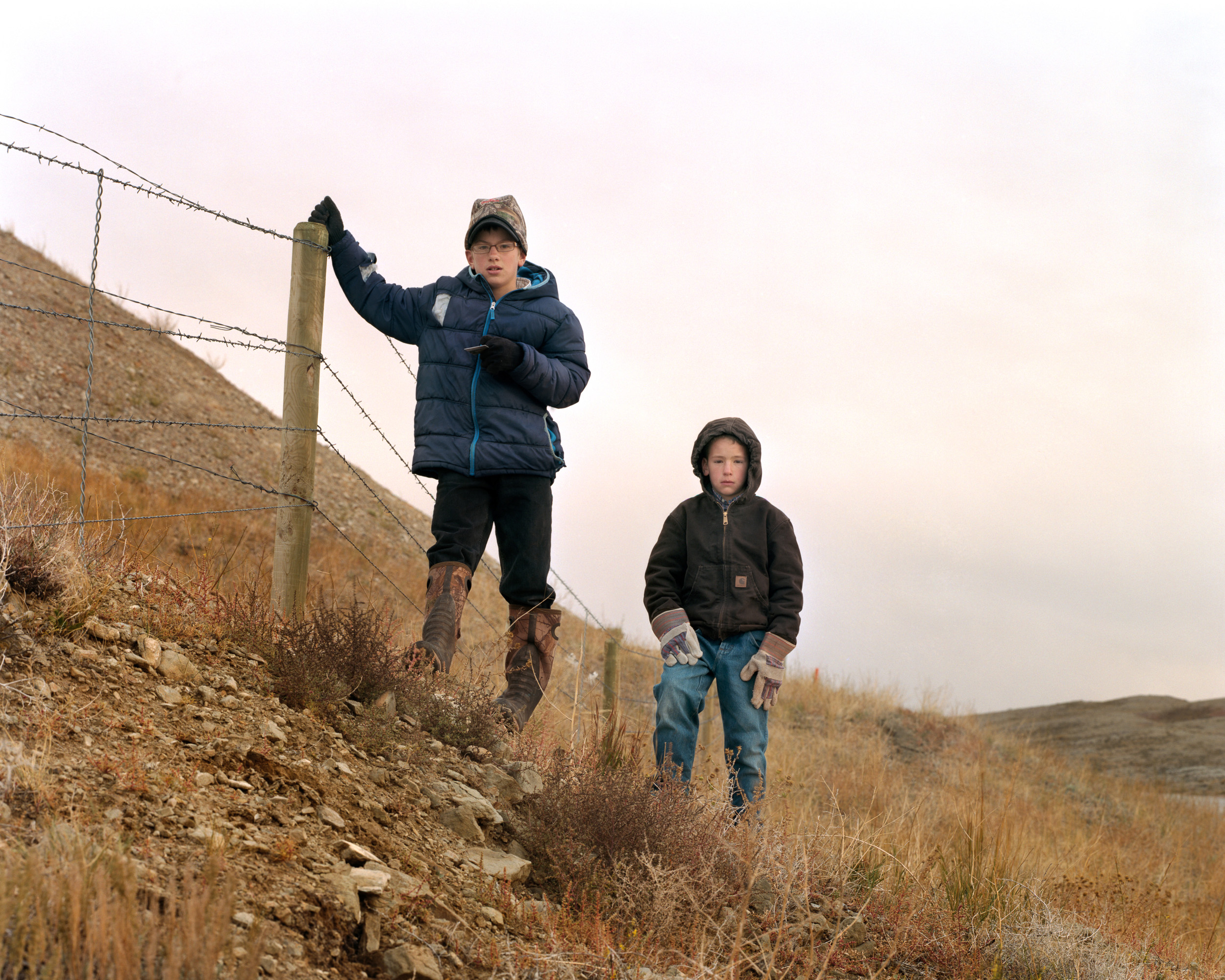

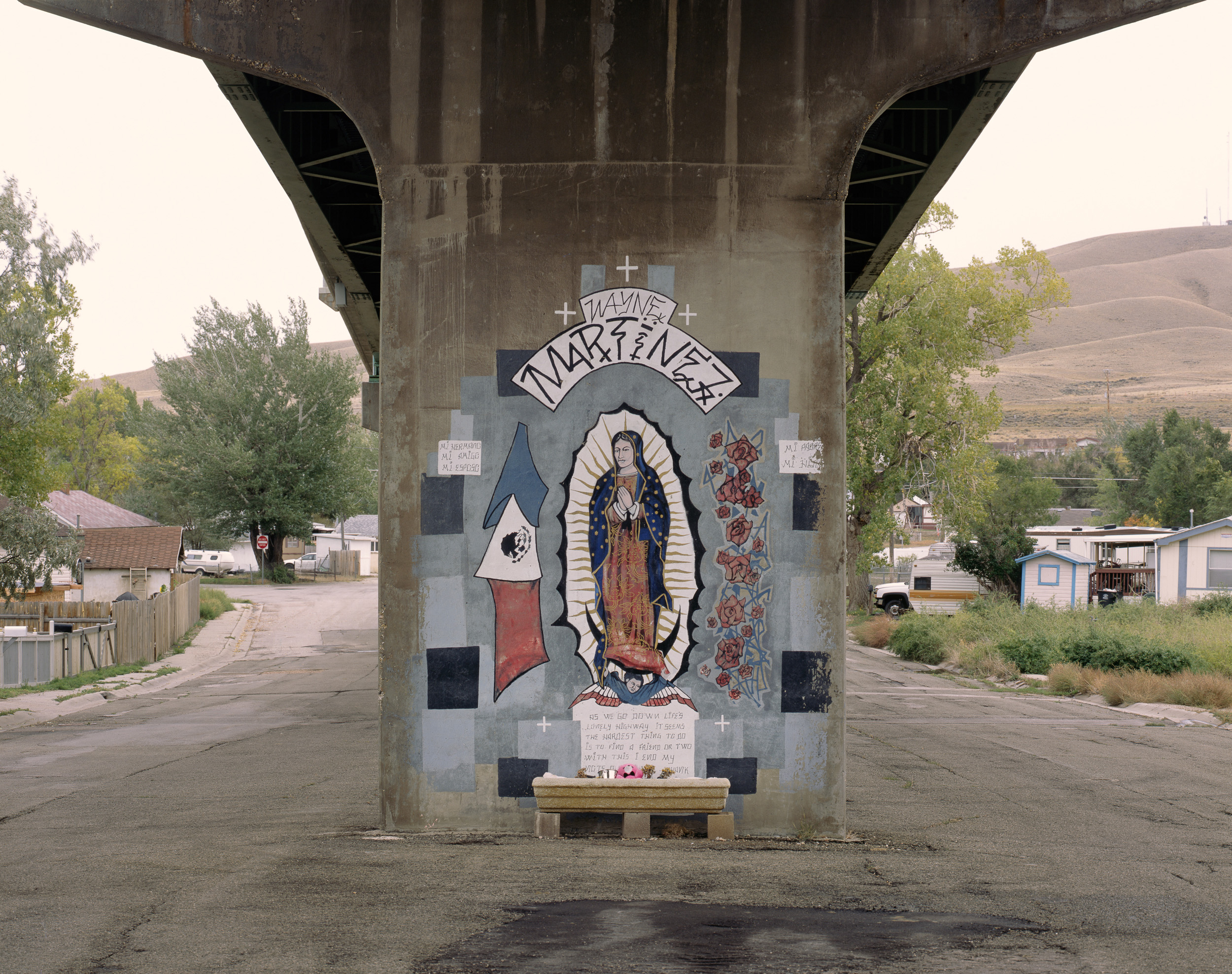

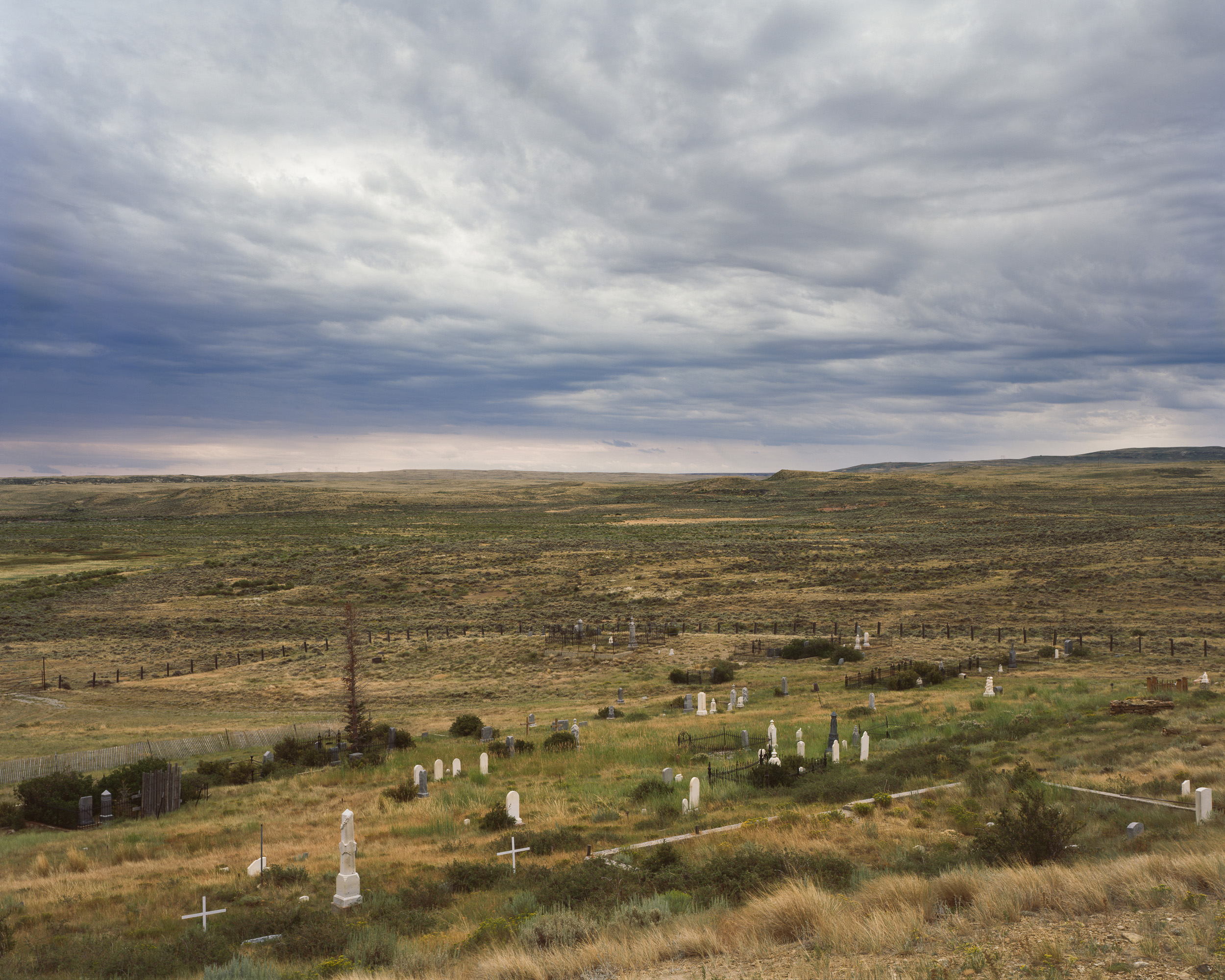
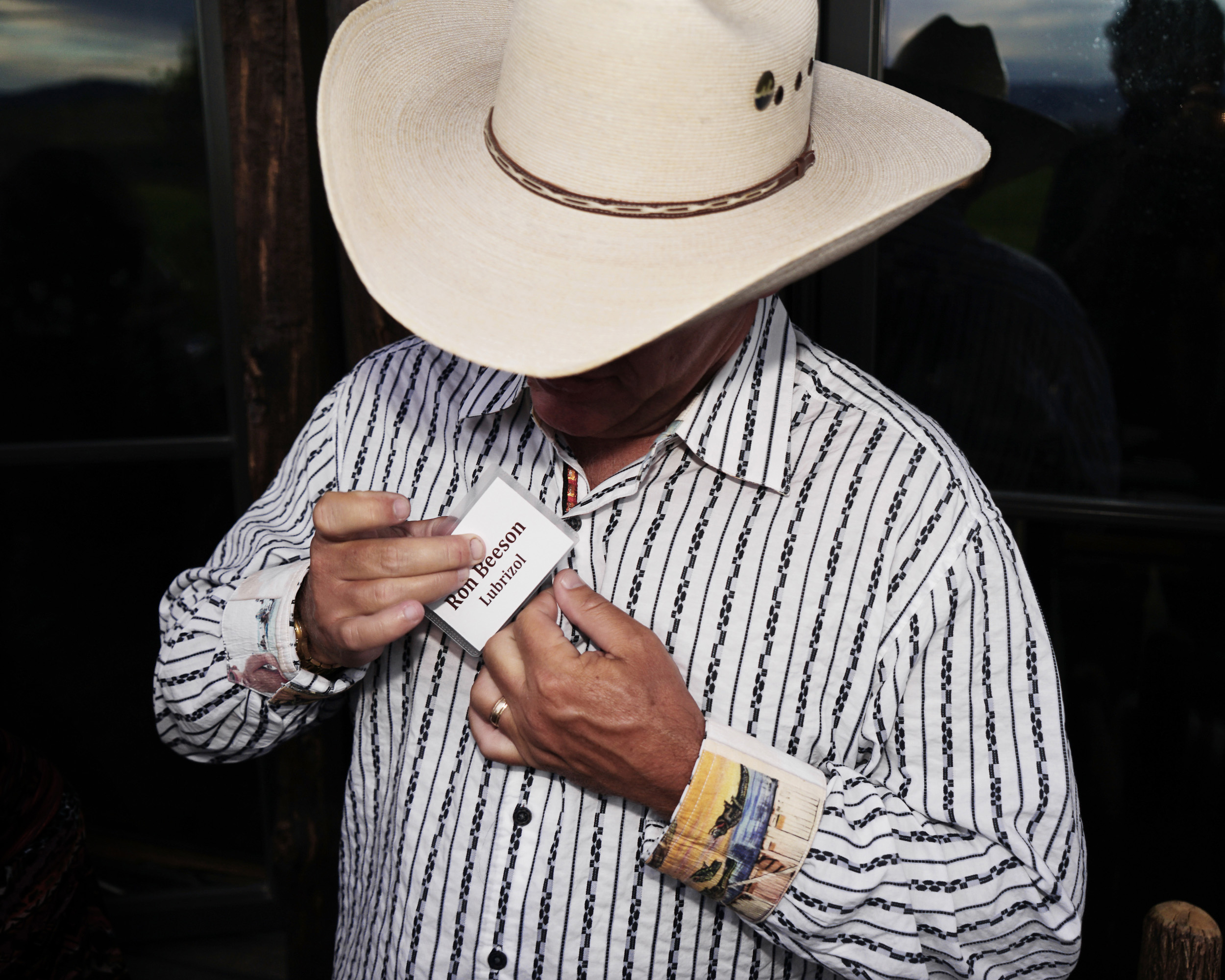
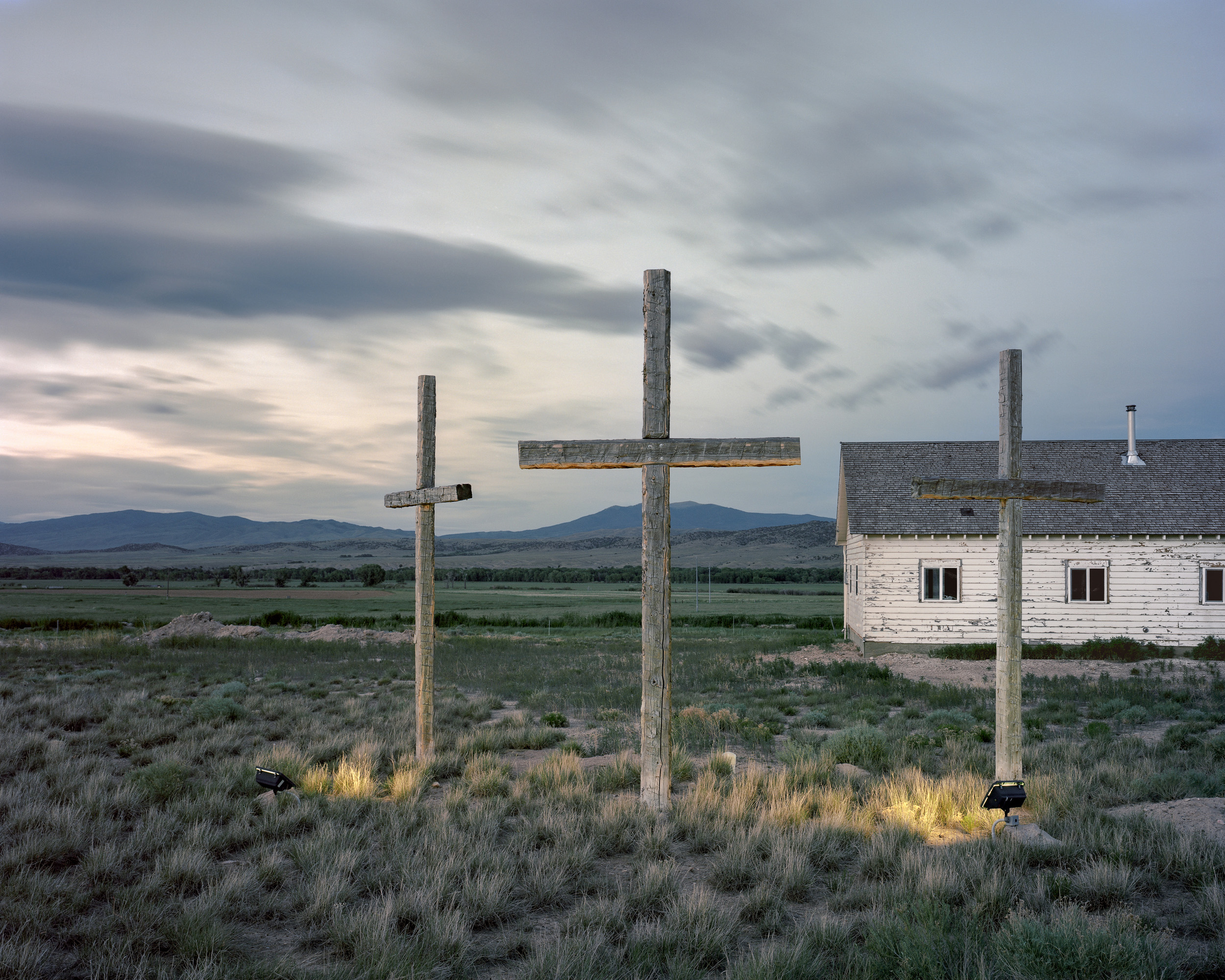
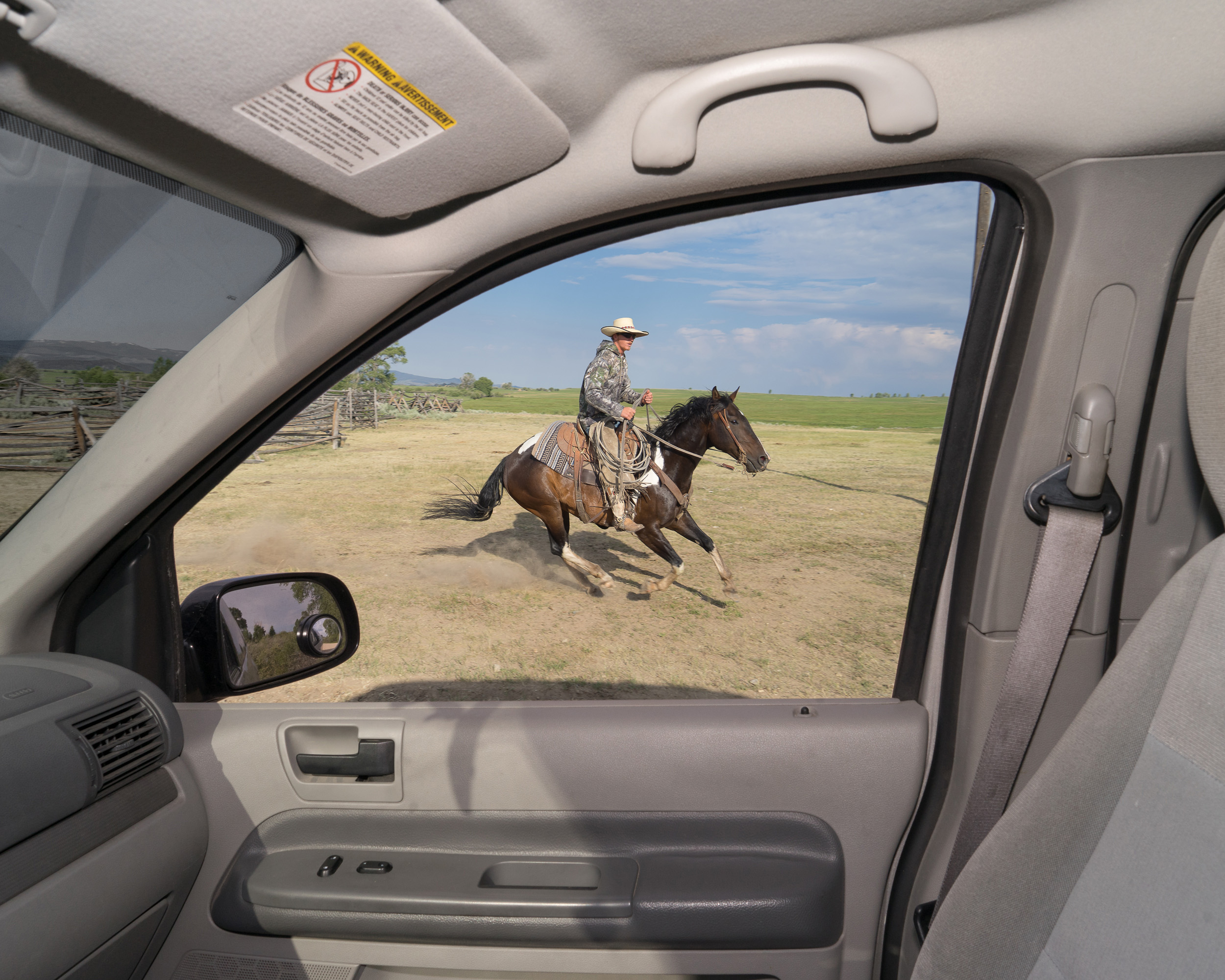
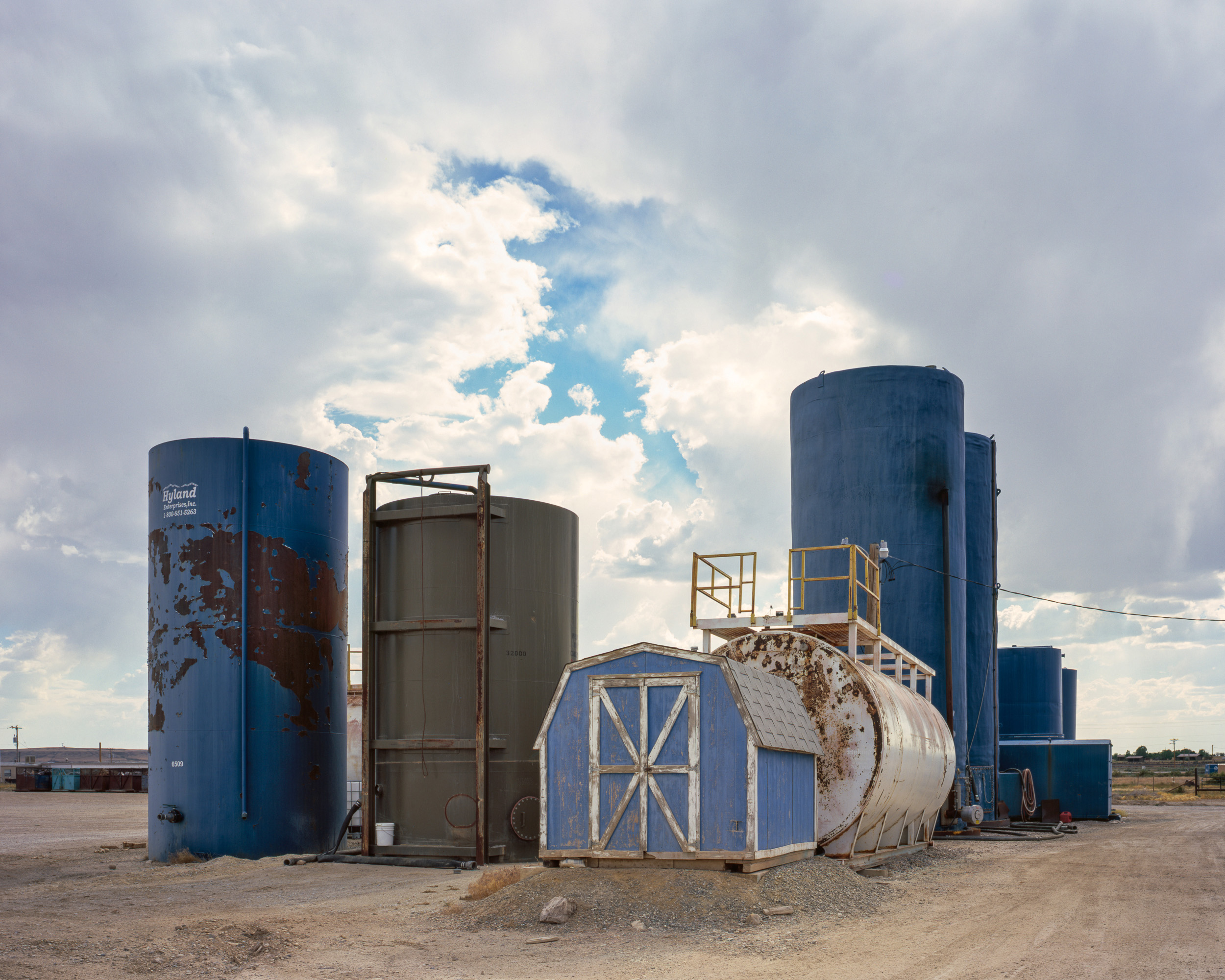
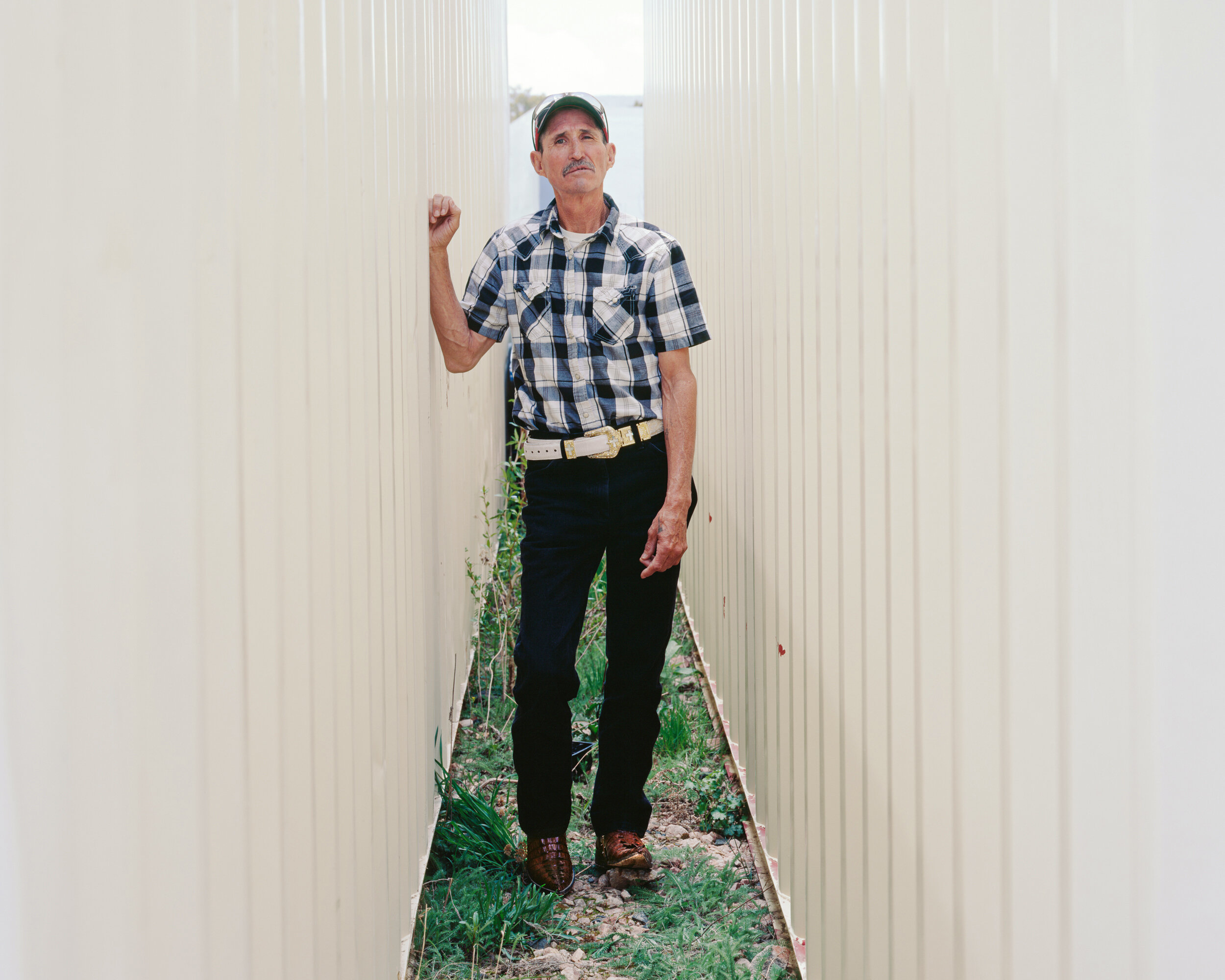
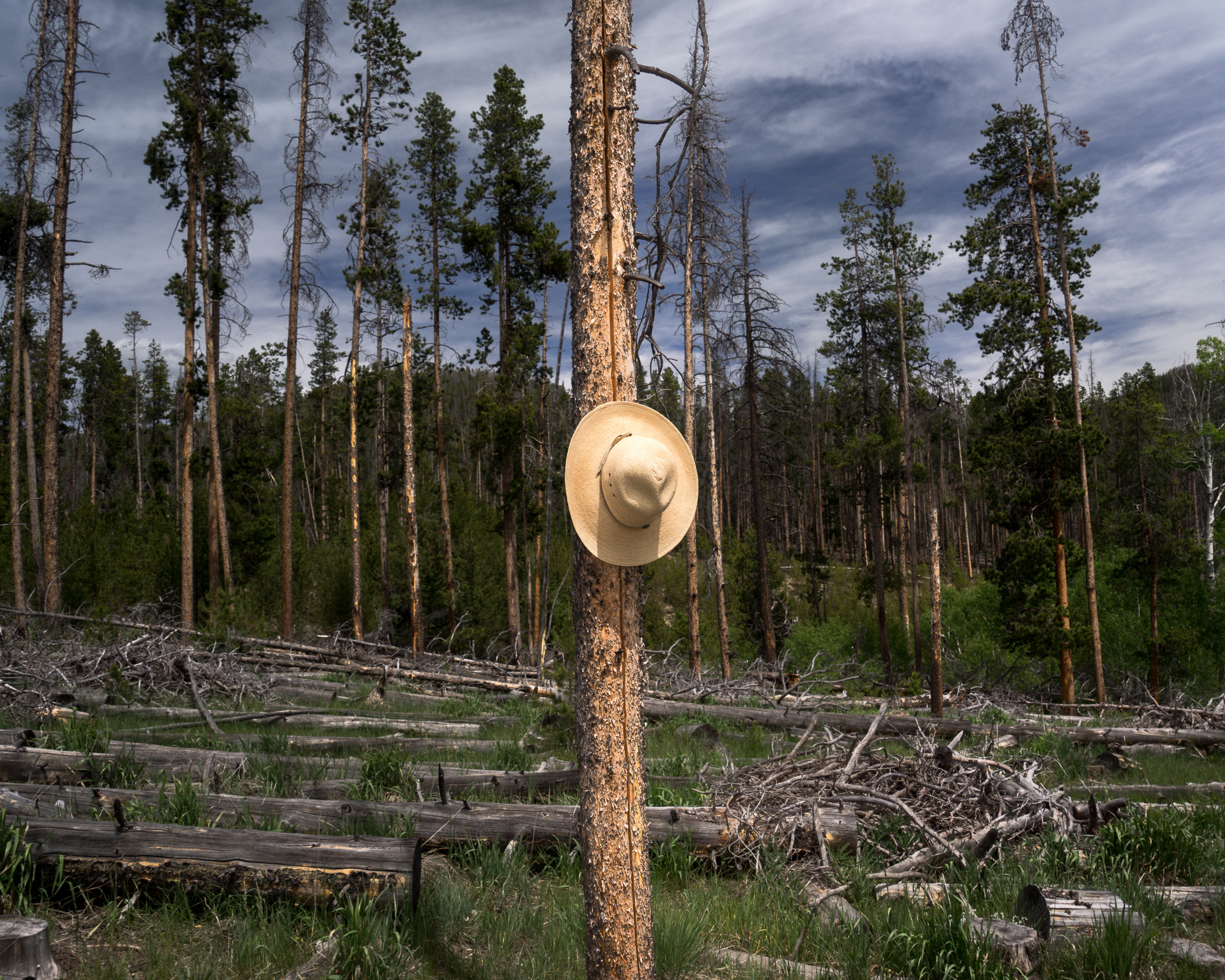





Completed in 1869 the main route of the original transcontinental railroad still runs through Carbon County, Wyoming.

Two lightposts sit in a field outside Saratoga, Wyoming as a storm crosses the landscape.

Kimatha, wearing a long denim duster, stands with one of her two Great Danes in a field outside Medicine Bow, Wyoming.

Route 287 stretches off to the horizon as the sky clears above the landscape of Carbon County.

A wrangler sits on a gate at an annual rodeo and watches the event.

A conical burner (also known as a wig-wam or teepee burner) sits in a field in the town of Grand Encampment, Wyoming. These structures were long used for burning off scrap wood.

A ranch dog glares into the camera as a stormy sky moves across the background.

An American flag is ridden at full sprint around the rodeo arena.


Two boys stand along a barbed wire ranch fence in Carbon County, Wyoming.

The moon rises behind a cowboy and horse seen in profile.

Officer Wayne Martinez was murdered by prisoners trying to escape Wyoming's State Prison.

The shadow of a figure wearing a brimmed hat is projected against a red rodeo truck with the name Bill written on the door.

Carbon was deserted when the Union Pacific railroad rebuilt their tracks and bypassed the town around 1900.

A man wearing a cowboy hat is seen at a private event at Brush Creek Ranch, Wyoming.

Thee crosses are seen on the foothills approaching the Medicine Bow Mountains.


Seen here are water tanks for the hydrofracking industry which support the extraction industry.


A hat is seen hung up on a tree among felled pine trees.




























































